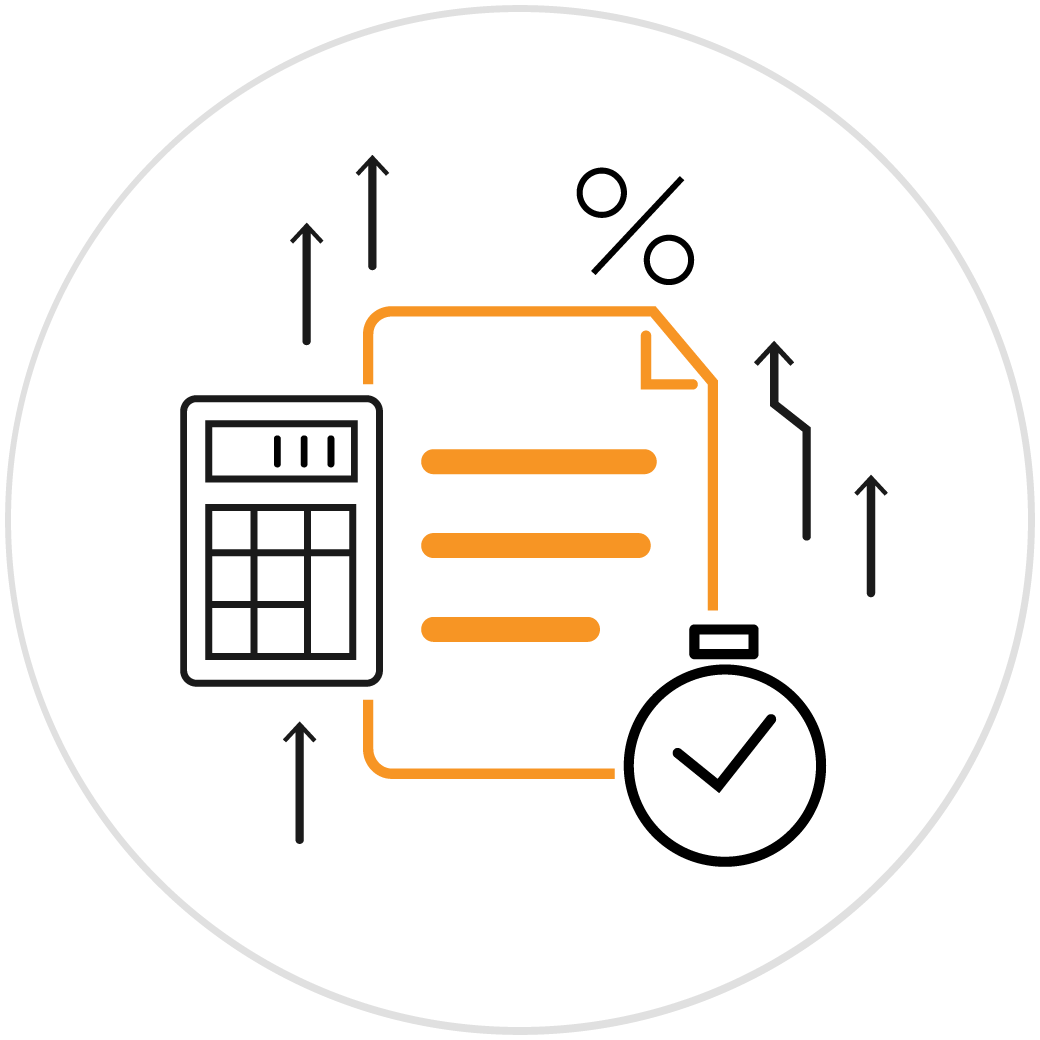-

Critical Lease Date Tracking
In the world of lease administration and control, the significance of vigilantly monitoring, tracking, and notifying critical lease dates cannot be overstated. These activities serve as the cornerstone for managing lease portfolios effectively, especially in mitigating the risk of default and optimizing operational efficiency.
This article delves into the intricacies of these processes, highlighting their importance across various types of leases including commercial real estate, equipment, vehicle, and land leases.
By employing effective strategies for managing critical lease dates, lessees can ensure they meet their contractual obligations, avoid unnecessary penalties, and make informed decisions that enhance the value of their lease agreements.
Understanding Critical Lease Dates
Critical lease dates refer to any dates within a lease agreement that trigger significant events or actions, such as payment deadlines, renewal options, termination notices, and maintenance obligations. Missing these dates can lead to severe financial and legal consequences, making their accurate tracking essential for lessees.
The Role of Monitoring and Tracking
- Monitoring involves the continuous oversight of lease agreements to ensure all terms and conditions are being met, particularly those related to critical dates. Tracking, on the other hand, is the systematic recording of these dates and relevant details in a centralized system, enabling easy access and review.
-
Effective monitoring and tracking require a proactive approach, utilizing a combination of manual oversight and technology-based solutions, such as lease management software. These tools not only store data but also provide alerts for upcoming critical dates, ensuring lessees can prepare and respond appropriately.
The Importance of Notification Systems
-
Notification systems are a vital component of lease management, serving as an automated reminder for lessees about upcoming critical dates. These systems can be customized to provide notifications at predetermined intervals, giving lessees ample time to take necessary actions.
-

Mitigating Critical Date Risks
The primary risk associated with failing to monitor, track, and notify critical lease dates is the risk of default. Defaulting on a lease can lead to financial penalties, legal disputes, and in severe cases, eviction or repossession of leased assets.
-

Commercial Real Estate Leases
In commercial real estate, critical dates might include rent increases, lease renewals, and expiration dates. For example, a retail business leasing space in a shopping center must track the date by which they must exercise their renewal option. Failing to notify the landlord within the specified timeframe could result in the loss of their space to another tenant, significantly impacting their business operations.
-

Equipment Leases
Equipment leases often have critical dates related to maintenance, return conditions, and purchase options. An example is a construction company leasing heavy machinery; missing a maintenance date could not only lead to equipment failure but also violate the lease agreement, resulting in penalties or even termination of the lease.
-

Vehicle Leases
For vehicle leases, critical dates might include service checks, insurance renewals, and end-of-lease conditions. A delivery service missing the end-of-lease inspection date could incur charges for damages that could have been repaired more cost-effectively beforehand.
-

Land Leases
In land leases, critical dates often pertain to land use restrictions, development milestones, and renewal notices. A farming business failing to apply for a lease renewal in time may find its land lease awarded to another party, disrupting its agricultural operations.
Efficiency through Lease Date Management
Beyond mitigating risks, effective management of critical lease dates also plays a crucial role in optimizing the efficiency and strategic value of lease portfolios.
Strategic Renewal and Termination:
By closely monitoring lease terms and conditions, lessees can make informed decisions about renewals and terminations. For instance, a business may decide to negotiate more favorable terms upon renewal or opt to relocate based on market conditions and operational needs.
Cost Management:
Tracking critical dates allows lessees to avoid late fees and penalties associated with missed payments or obligations. It also enables them to plan for financial obligations in advance, improving budget accuracy and cash flow management.
Maintenance and Compliance:
For equipment and vehicle leases, timely maintenance is crucial not only for operational efficiency but also for compliance with lease conditions. By adhering to scheduled maintenance, lessees can ensure the longevity of leased assets and avoid compliance-related issues.
iLeasePro & Critical Lease Date Tracking & Notifications
The meticulous monitoring, tracking, and notification of critical lease dates are fundamental practices for any lessee aiming to mitigate risks and optimize the efficiency of their lease portfolio. Through strategic management of these dates, lessees can avoid the pitfalls of default, enhance their operational decisions, and ultimately, derive greater value from their lease agreements.
Whether dealing with commercial real estate, equipment, vehicle, or land leases, the principles of effective lease date management remain the same: be proactive, utilize technology, and always stay informed. By doing so, lessees can navigate the complexities of lease agreements with confidence and success.
iLeasePro provides accurate and timely tracking, monitoring and notifications of any critical lease dates.
The process starts with a phone call or an email. The number is 888-351-4606, or you can contact us at info@ileasepro.com. We also have plenty of great information about lease accounting software on our website at iLeasePro, and you can chat with a live representative there as well.
